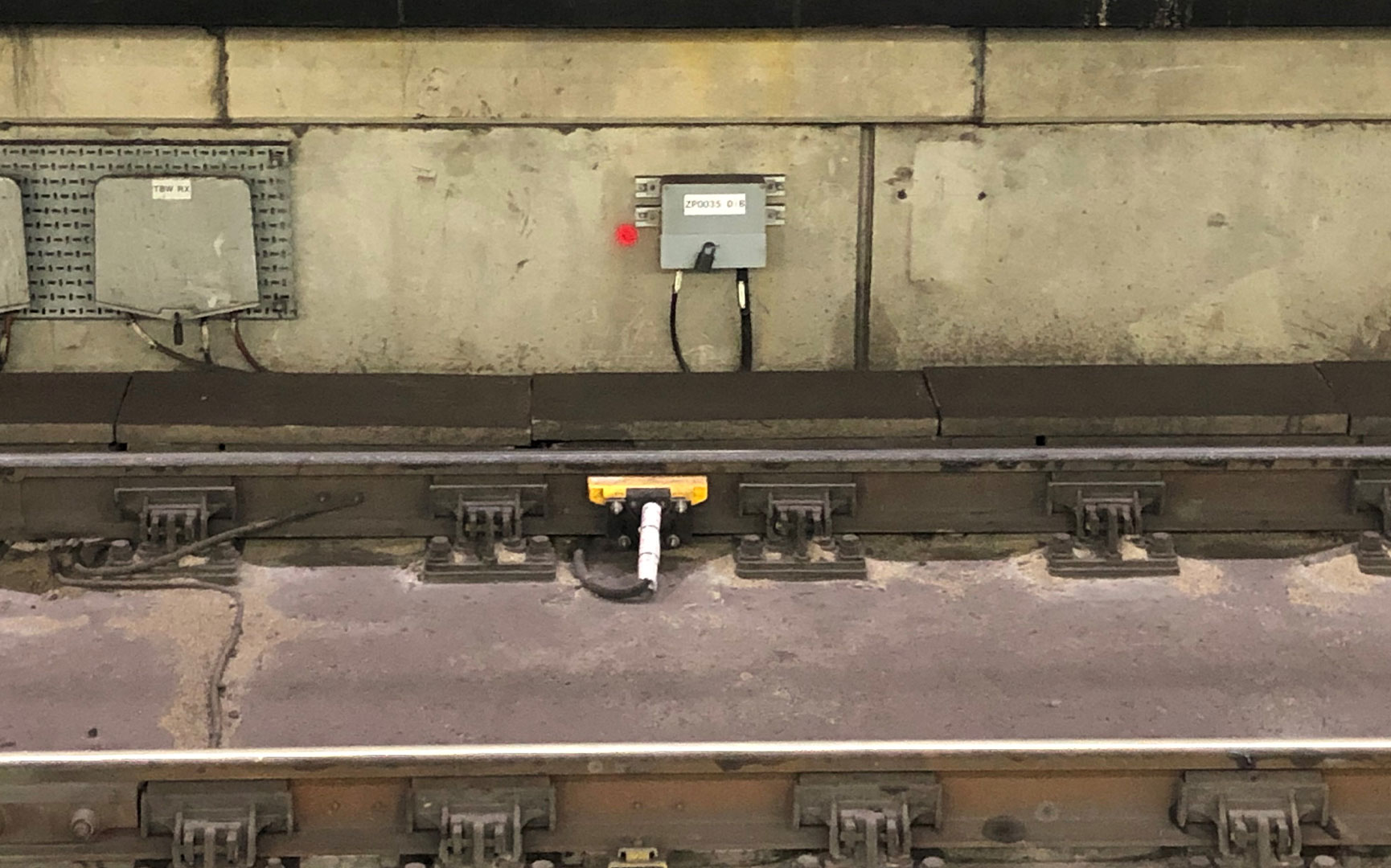Frauscher Sensor Technology has completed the divestiture to Wabtec Corporation.
Find Out MoreNotification Center

Train DetectionTaiwan
Shalun Signaling
The Shalun Line is frequented by four-car-trains and located in the south of Taiwan. Tropical conditions with temperatures between 22 and 28 degrees and high humidity are not the only challenge the Frauscher Axle Counter Solution has to deal with.
Taiwanese Railway Administration TRA is running the Shalun Line between the stations of Shalun, Chang Jung Christian University and ZhongZhou. It is located in the South of Taiwan, with challenging environmental conditions like high humidity and possible occurrences of floods, among others.
In 2009, the TRA decided to install a Frauscher Axle Counter Solution, based on the Frauscher Axle Counting System ACS2000 and Wheel Sensor RSR180, which has demonstrated maximum reliability and availability under the local requirements without a single malfunction to this day. The RSR180 handles floods and humidity with ease, as it is fully sealed according to IP68.
The robust wheel sensors are easily and quickly mounted without drilling the rail using the Frauscher rail claws. Within the established centralised architecture, no electronics had to be installed at track side, but in housings and cubicles at stations and depots, where they are protected from environmental influences.
Based on the satisfying results that have been achieved by installing this system, Frauscher successfully delivered more than 1800 detection points with the RSR180 and the ACS2000 over the years as they are 100% compliant with the TRA axle counting specifications.
Robust trackside equipment
Frauscher trackside equipment is developed to withstand harsh environments and functions entirely without any trackside electronics.
Easy mounting
The flexibility and modularity of Frauscher’s system enabled an individual, centralised design. By using the Frauscher rail claws the wheel sensors could be easily and quickly mounted without drilling the rail.
This might also interest you

Train DetectionUnited Kingdom of Great Britain and Northern Ireland
Axle Counter Overlay System

Train DetectionUnited States of America
Charlotte Area Transit System (CATS) Supplementing Audio Frequency Track Circuits with Axle Counters

Train DetectionGermany
Dillinger Hütte

Train DetectionUnited Kingdom of Great Britain and Northern Ireland
London to Corby
